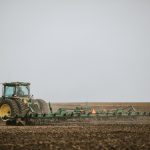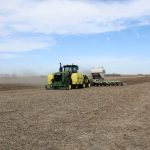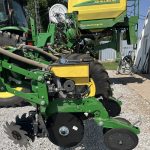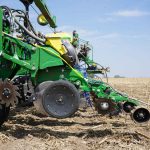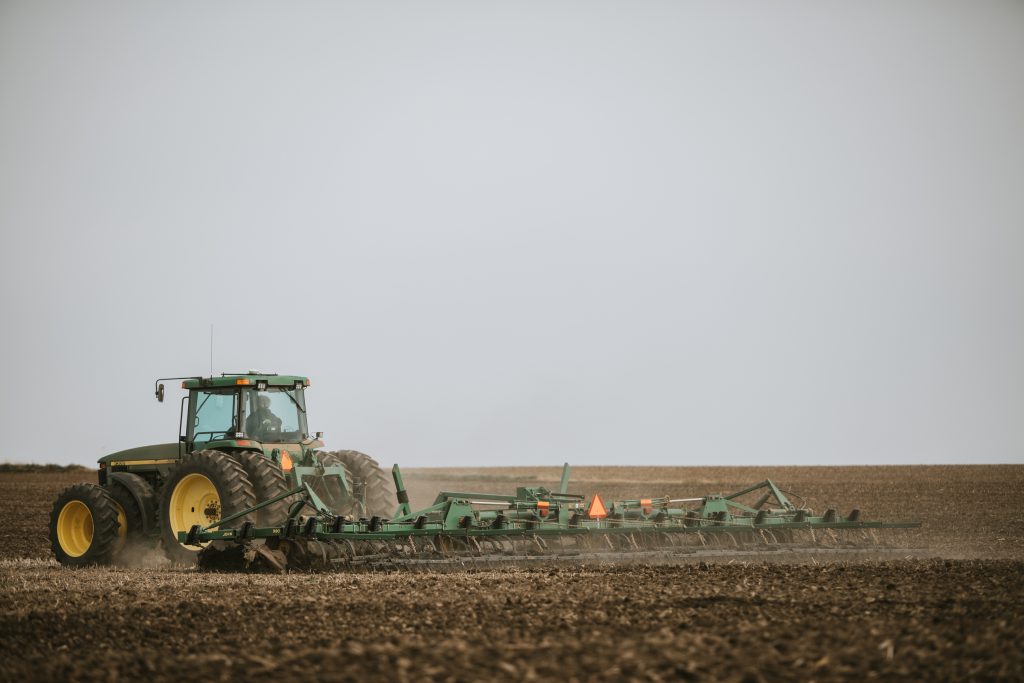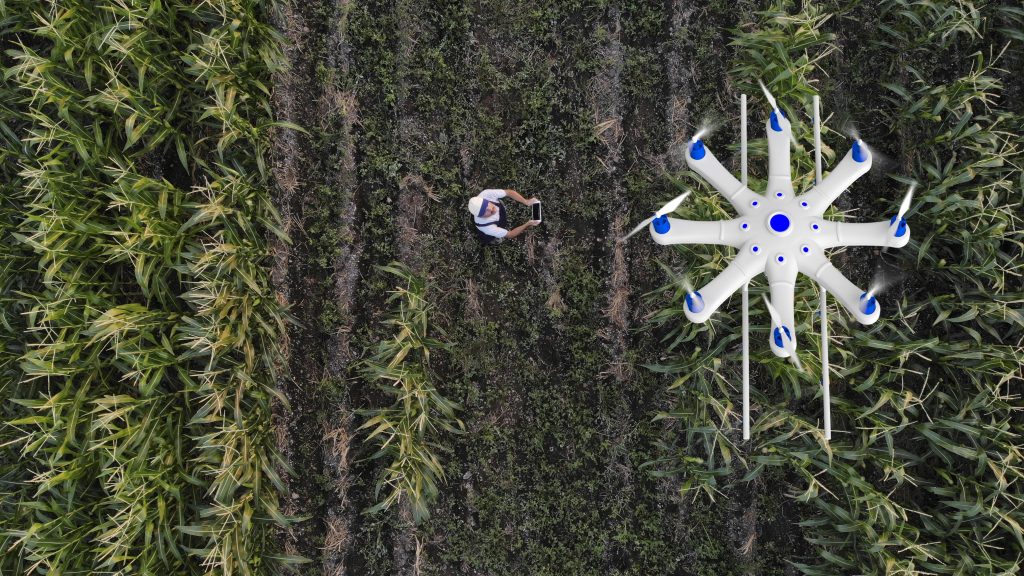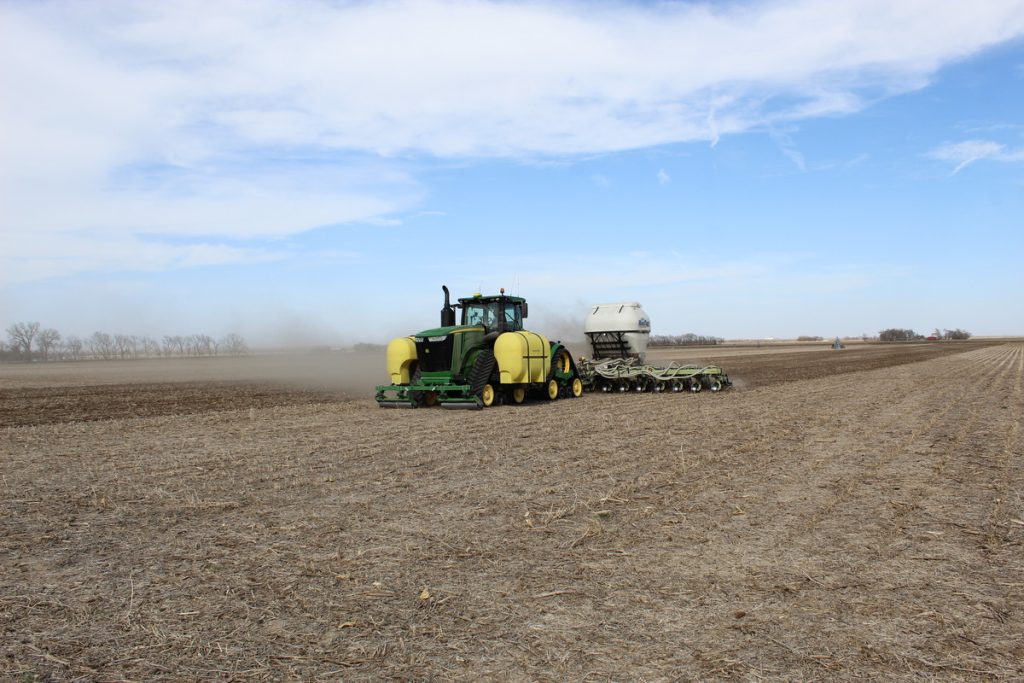Growing food crops is the most nutrient-intensive of all farming practices, requiring optimal soil conditions in order to achieve the high yields farmers need to make their businesses profitable.
Before the invention of man-made fertilizers, farmers used natural methods – such as crop rotation, rotational grazing and manure spreading – to return nutrients to the soil. But as the intensity of crop farming has increased, farmers have become more and more reliant on man-made fertilizers in order to stay competitive.
Conservation tillage represents an effort to limit that reliance by incorporating some of those traditional, natural soil conditioning methods into a modern-day commercial farming model. By leaving crop residues in place and not disturbing the soil too much, natural microbial activity can restore some goodness. But it’s not enough on its own, and so farmers have had to seek out methods of soil conditioning that align with their desire to preserve the soil structure as much as possible – hence the invention of fertilizer knives!
What is a fertilizer knife?
A fertilizer knife is a non-rotary tool that is used to inject in a dry, liquid or anhydrous (vapor) fertilizer into the field. There are many different types of fertilizer knives available, offering the farmer many options in terms of depth, soil disturbance and cost per acre. These include front and back-swept styles, central and side application models, and profile/tip variations. Choosing the correct knife for your farm depends on soil type, the toolbar being used, the planned crop and its nutrient needs, the type of fertilizer being applied and the level of moisture in the soil.
Why use fertilizer knives?
Fertilizer knives are the preferred method for fertilizer application for many different reasons. By putting the fertilizer directly into the ground, you avoid issues with runoff on sloped sites, dilution due to rainfall, or evaporation of liquid product into the air. Fertilizer applied to the soil surface takes time to penetrate to the depth where it can be effectively used by germinating seeds and later, crop roots – but applying the fertilizer at depth ensures these nutrients are immediately available to the young plants.
Using fertilizer knives also creates optimal conditions for seed germination by breaking and lifting the compaction layer without turning over the soil surface.

How are fertilizer knives used?
Fertilizer knives can be fitted to a toolbar or cultivator in either a bolt-on or auto-locking format. The farmer can have a cultivator with the same number of shanks at the same spacing as his planter or an odd number of rows depending on the application. Even rows mean that the fertilized furrows will eventually align with the seeding furrows during planting season for optimal results. The tip of the fertilizer knife penetrates the soil and the foot then fractures and lifts the compacted layer to create an aerated furrow. A tube to the rear of the knife shank delivers fertilizer into the furrow, and then a wedge-shaped closing mechanism that catches the edge of the furrow and closes the soil over.
Which knife is used for which fertilizer type?
Besides what fits your specific machine and soil type, you’ll need to select the right knife for the type of fertilizer you want to apply. Anhydrous ammonia (NH3) for example, needs to be applied deeper than other fertilizers because of its hazardous nature – you don’t want it escaping into the air, so you need a knife that penetrates to a depth of 8 or more inches. A narrower tube also ensures more accurate and safe application.
For liquid fertilizer, application is at a similar depth, but a wider tube will be required. For dry fertilizer, an even wider tube is needed but a shallower depth is optimal – a backswept knife may be preferable if soil conditions allow. Knives may also be equipped with two different tubes for simultaneous application of more than one fertilizer type, or for the addition of fungicidal and insecticidal treatments.

Wearparts Fertilizer Knives
We carry fertilizer knives to fit all types of applications, with alternatives to almost every branded blade on the market including Wako, Wiese and more.
We offer tube sizes of 3/8” OD & ½” OD, thick walled tubes for increased life; chrome tubes available on most knife models. Dual tube knives also available. Foot profiles of the narrow 3/8” wide to a mole style knife with a 1-7/8” wide foot piece are available. Optional chrome inserts are available on almost every knife for longer life and durability. Sealers are also available. Our NPD department is currently in the process of developing knives for anhydrous and backswept specifications – stay tuned for details on these and more product innovations coming soon at Wearparts!
As with all our products, you can expect high quality manufacturing and a durable, fit-for-purpose product at a competitive price. We currently have excellent stock levels, with immediate shipping available on many of our fertilizer knives. To find out more or to inquire about becoming a dealer, get in touch!
**we have all coulter options available for fertilizer knife systems as well**
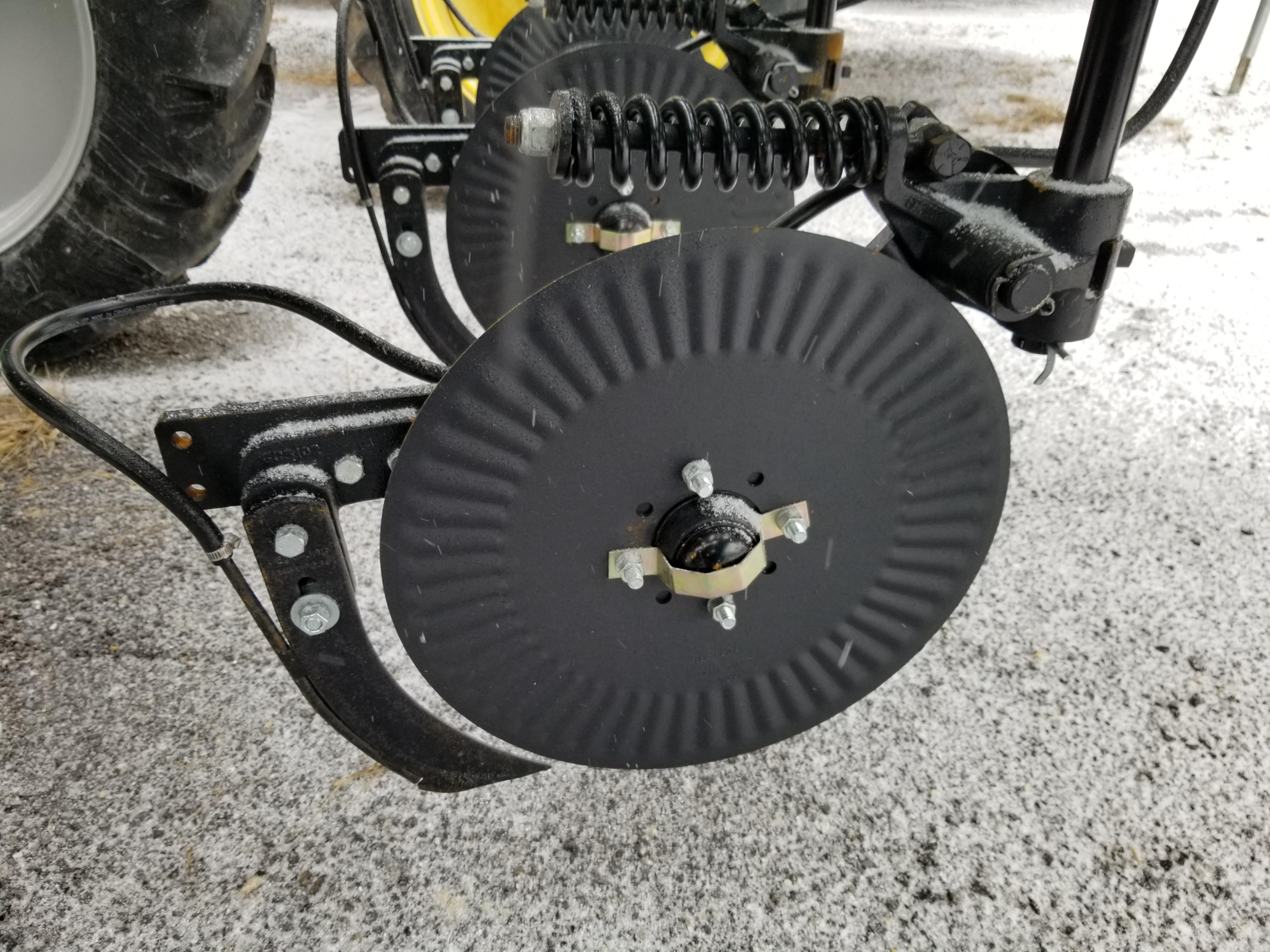
Fertilizer applicator outfitted with Wearparts fertilizer knives and coulter blades

